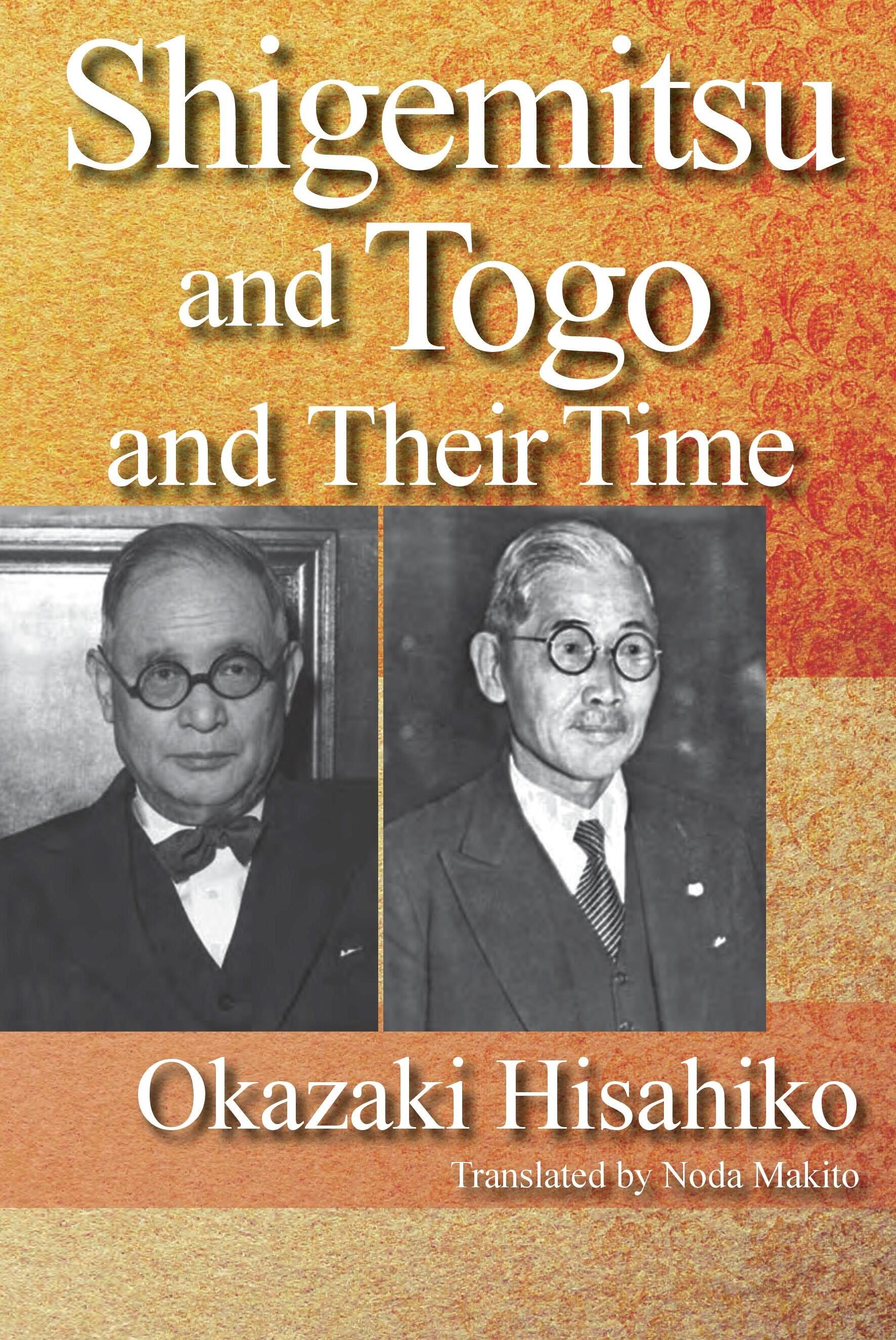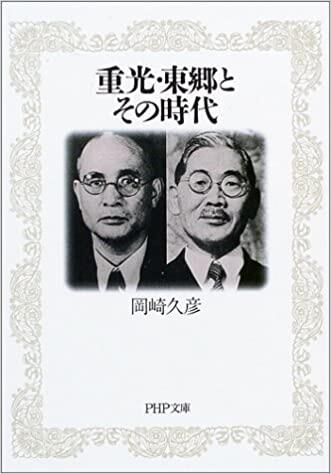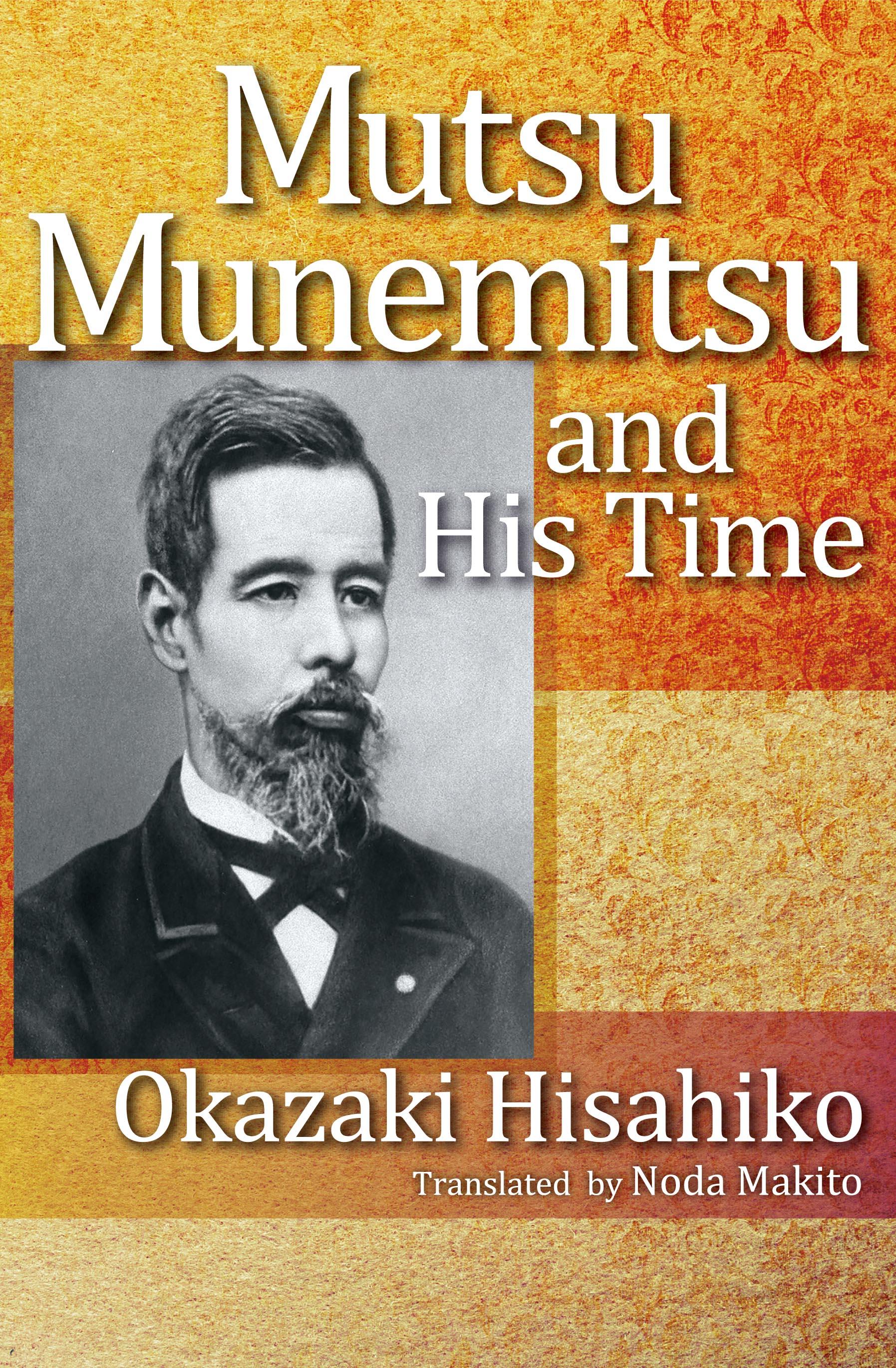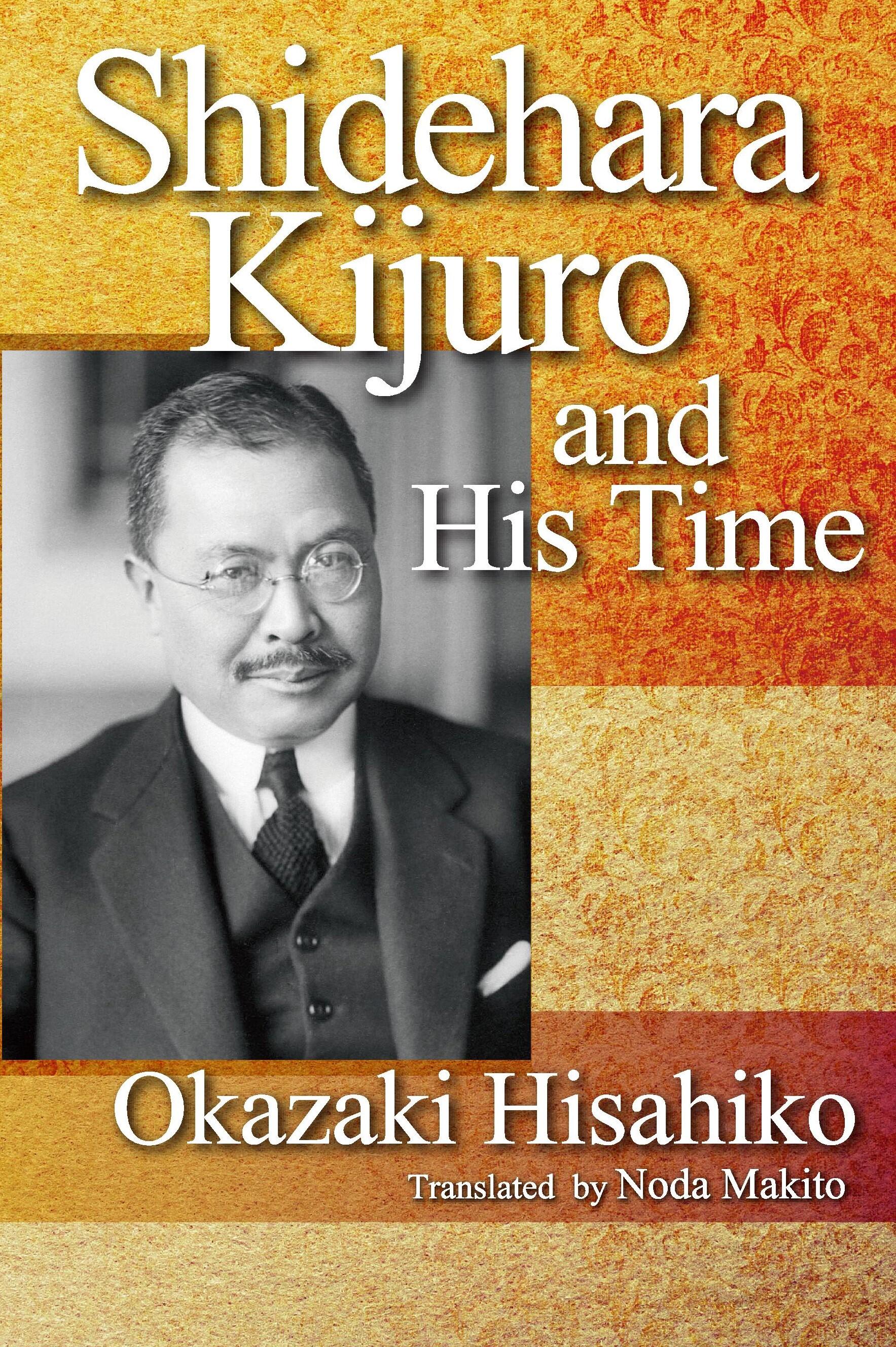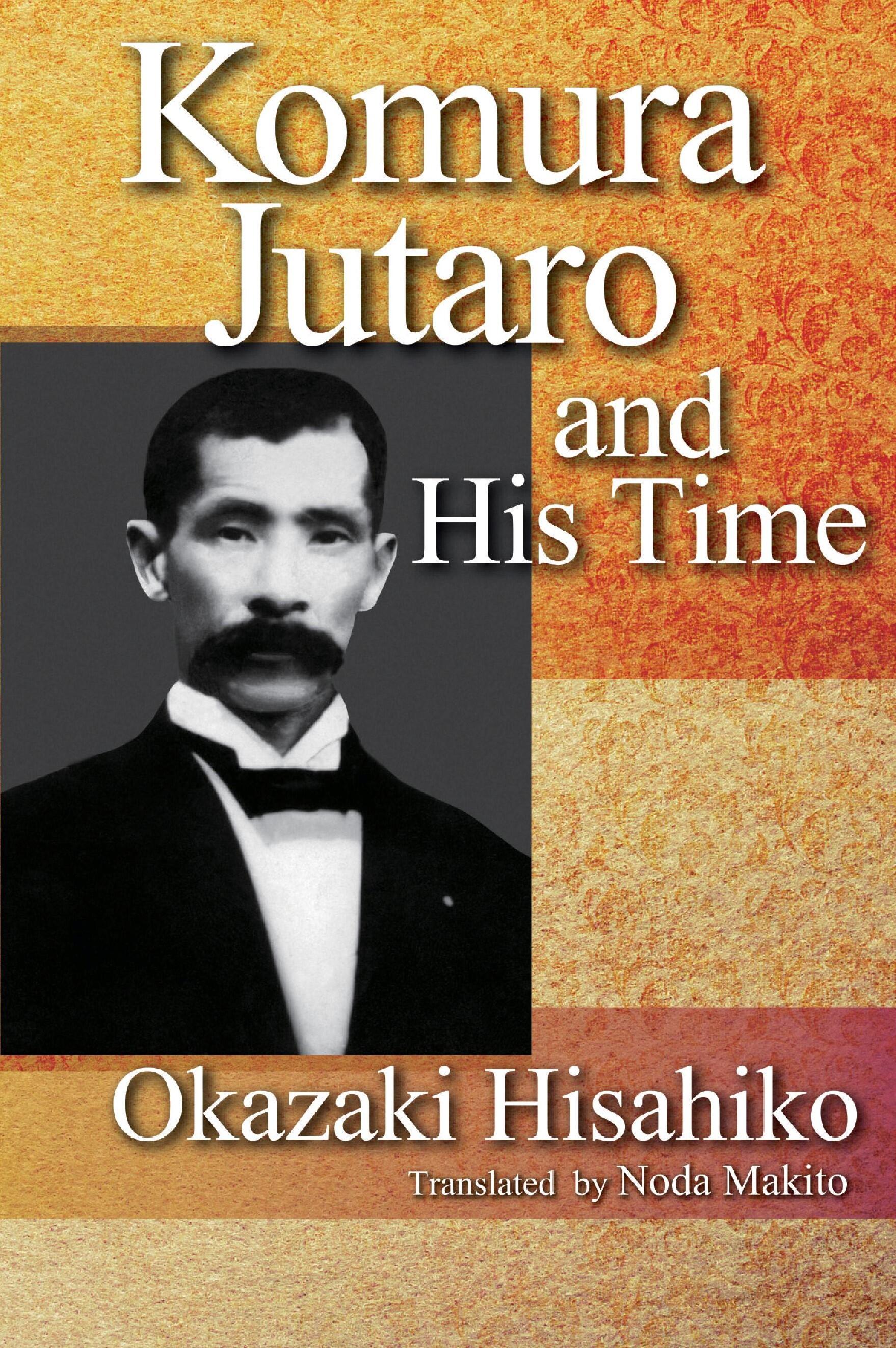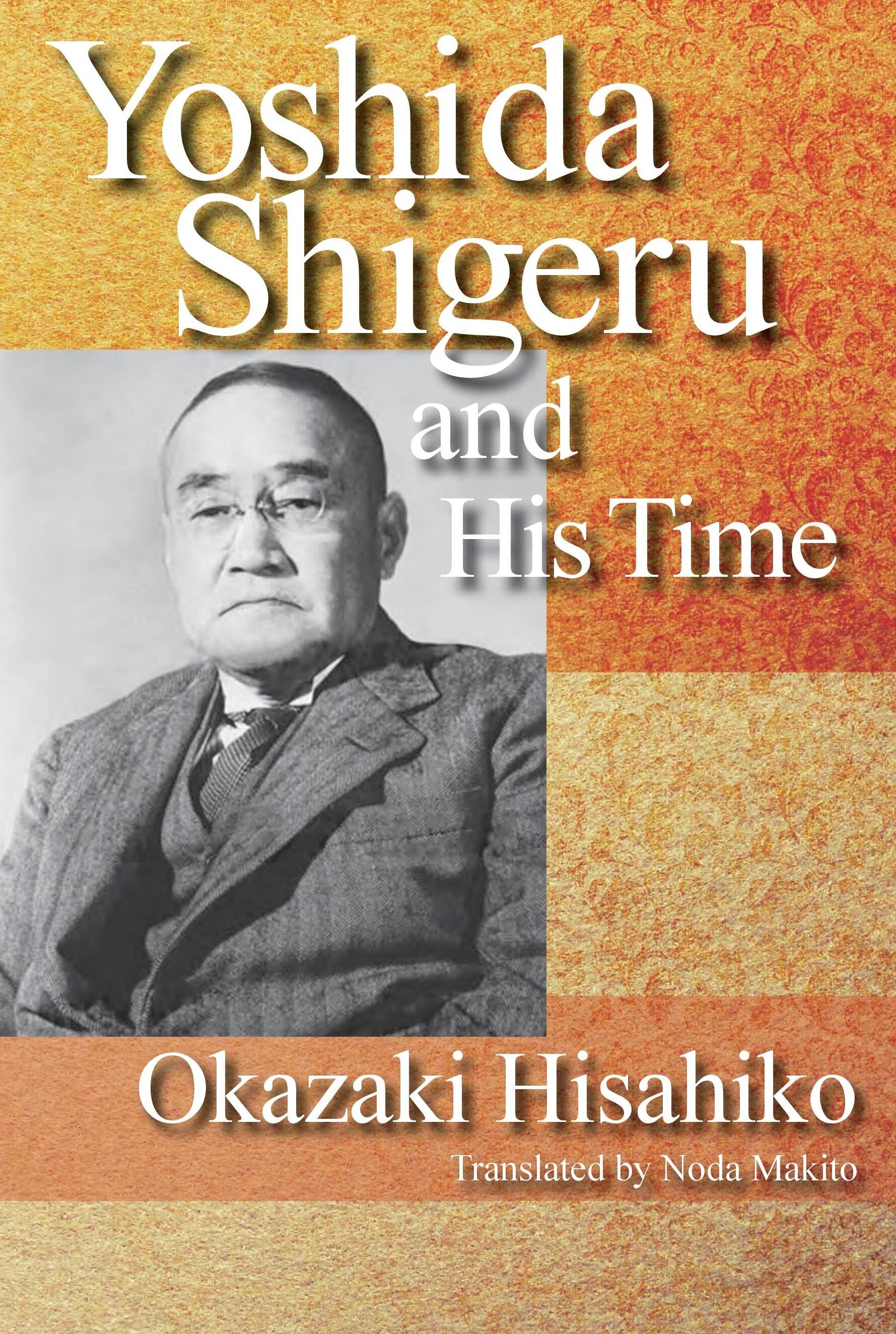The Kwangtung Army’s invasion of Manchuria in 1931 was a clear demonstration of the military’s independence and the Japanese foreign policy establishment’s impotence and irrelevance. For the next 14 years, diplomats and others who sought to avert war on the Asian mainland and with the Western powers saw their efforts sidelined and undercut. Such is not, however, to imply such toilers-in-the-dark did not exist. They did, and this ambitious history chronicles that difficult time focusing on the lives of Shigemitsu Mamoru and Togo Shigenori.
A career diplomat who brokered a ceasefire between the Imperial Japanese Army and the Chinese Kuomintang Army in 1932 and then a settlement of the Russo-Japanese border at Changkufeng Hill in 1938, Shigemitsu was aghast at the 1940 Tripartite Pact (among Japan, Germany, and Italy) and its implications for Japan’s relations with the UK and the US. Despite―or perhaps because of―his opposition to the militarists’ policies, he was appointed foreign minister midway through the Pacific War, and it was in that capacity that he was caught up in the charade of the International Military Tribunal for the Far East.
Much of Shigemitsu’s work was complemented by Togo’s, including efforts to better relations with the Soviet Union. Marginalized though he was, Togo had the distinction of being foreign minister both at the outbreak and at the end of the Pacific War, albeit with a long hiatus in the middle, and it was this distinction that brought him to the International Tribunal’s attention.
Belying the standard image of a hundred million hearts beating as one, Japan had many distinguished figures who remained true to their principles even as they served the state during the long war years. This is thus both a history of personal turmoil and an insightful window on the Japan of that era.

